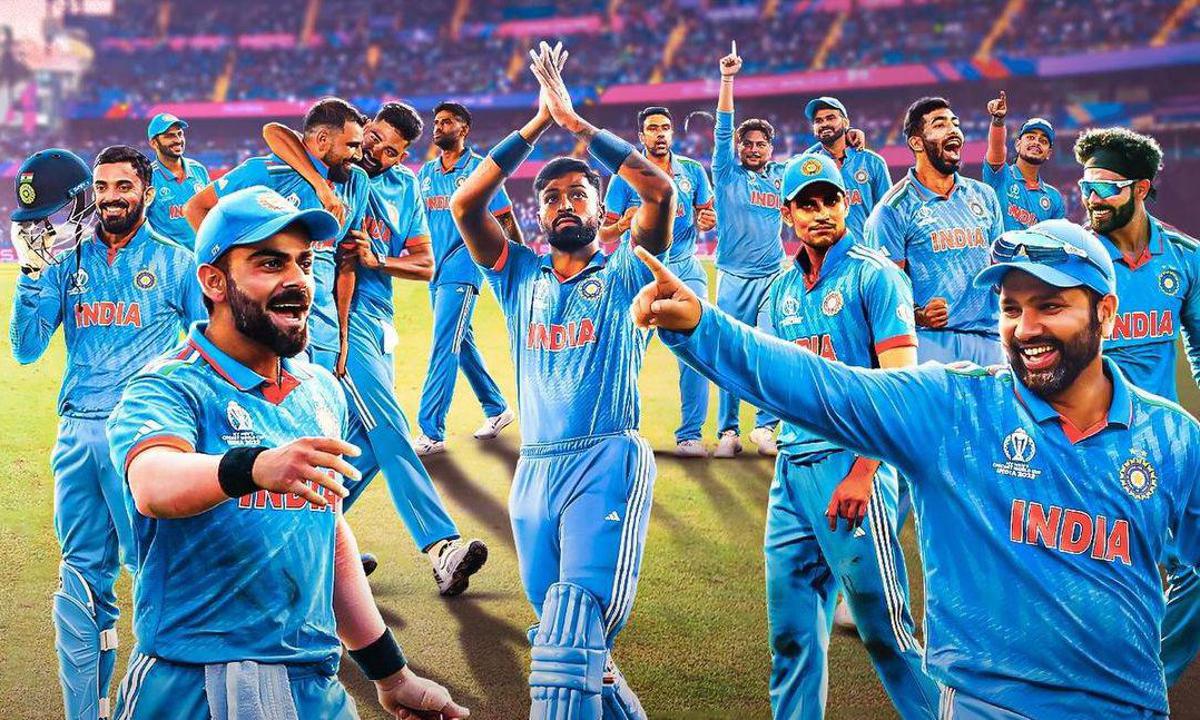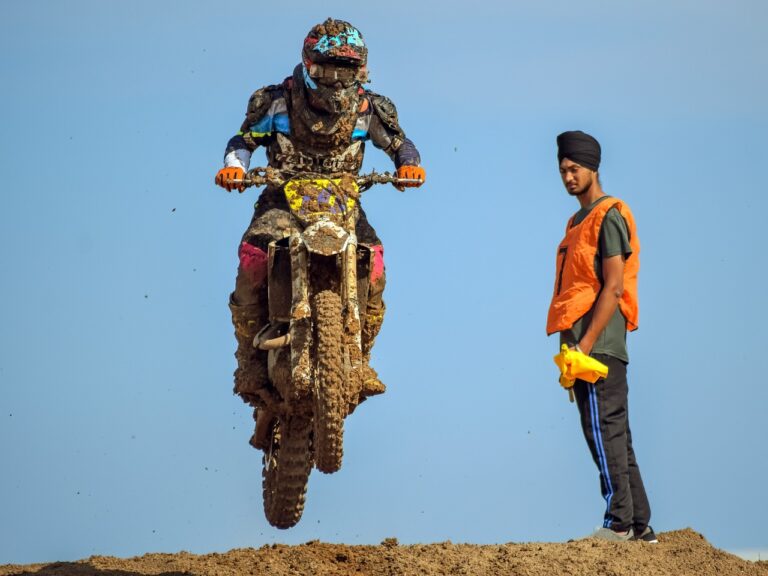How Wearable Sensors are Enhancing Cricket Training: 99exch, Reddy Anna Book, Allpanel
99exch, Reddy Anna Book, All Panel.com, Allpanel: Wearable sensors have revolutionized the way cricket players train and compete. These small, high-tech devices provide valuable data on various aspects of a player’s performance, including metrics like speed, power, and movement patterns. By analyzing this data, coaches and players can identify strengths and weaknesses, allowing for targeted training programs to enhance overall performance on the field. Additionally, wearable sensors offer a level of objectivity that traditional coaching methods may lack, providing concrete evidence to support training decisions.
Furthermore, the real-time feedback provided by wearable sensors during training sessions is invaluable in optimizing player performance. Players can receive immediate insights on their technique, allowing for quick adjustments to be made to improve efficiency and effectiveness. This instant feedback loop enables players to make real-time corrections, leading to more rapid skill development and overall improvement in their game. With the use of wearable sensors, cricket players can fine-tune their training routines, resulting in enhanced performance levels and a competitive edge on the field.
Improving Player Performance Through Data Analysis
Data analysis has become an indispensable tool in shaping the performance of cricket players. By analyzing an array of metrics such as batting average, strike rate, and bowling speeds, coaches can pinpoint areas of strength and weakness for each player. This data-driven approach allows for tailored training programs that focus on improving specific skills and enhancing overall performance on the field.
Furthermore, data analysis enables coaches to track the progress of individual players over time. By comparing current performance metrics to historical data, coaches can identify trends and patterns that signal improvement or decline. This real-time feedback loop not only helps players stay motivated but also allows coaches to make timely adjustments to training regimens to optimize player development.
Enhancing Skill Development with Real-Time Feedback
One of the key aspects of skill development in sports like cricket is the ability to receive real-time feedback during training sessions. By incorporating wearable sensors into training routines, players can instantly access crucial data points such as bat speed, body movement, and shot accuracy. This immediate feedback allows players and coaches to make timely adjustments and improvements to technique, leading to enhanced skill development over time.
Real-time feedback from wearable sensors also enables players to track their progress more accurately and set quantifiable goals for skill enhancement. With the data provided by these sensors, players can identify areas of strength and weakness, enabling them to focus their efforts on areas that need the most improvement. This targeted approach to skill development can lead to more efficient training sessions and ultimately result in overall performance enhancement on the cricket field.







